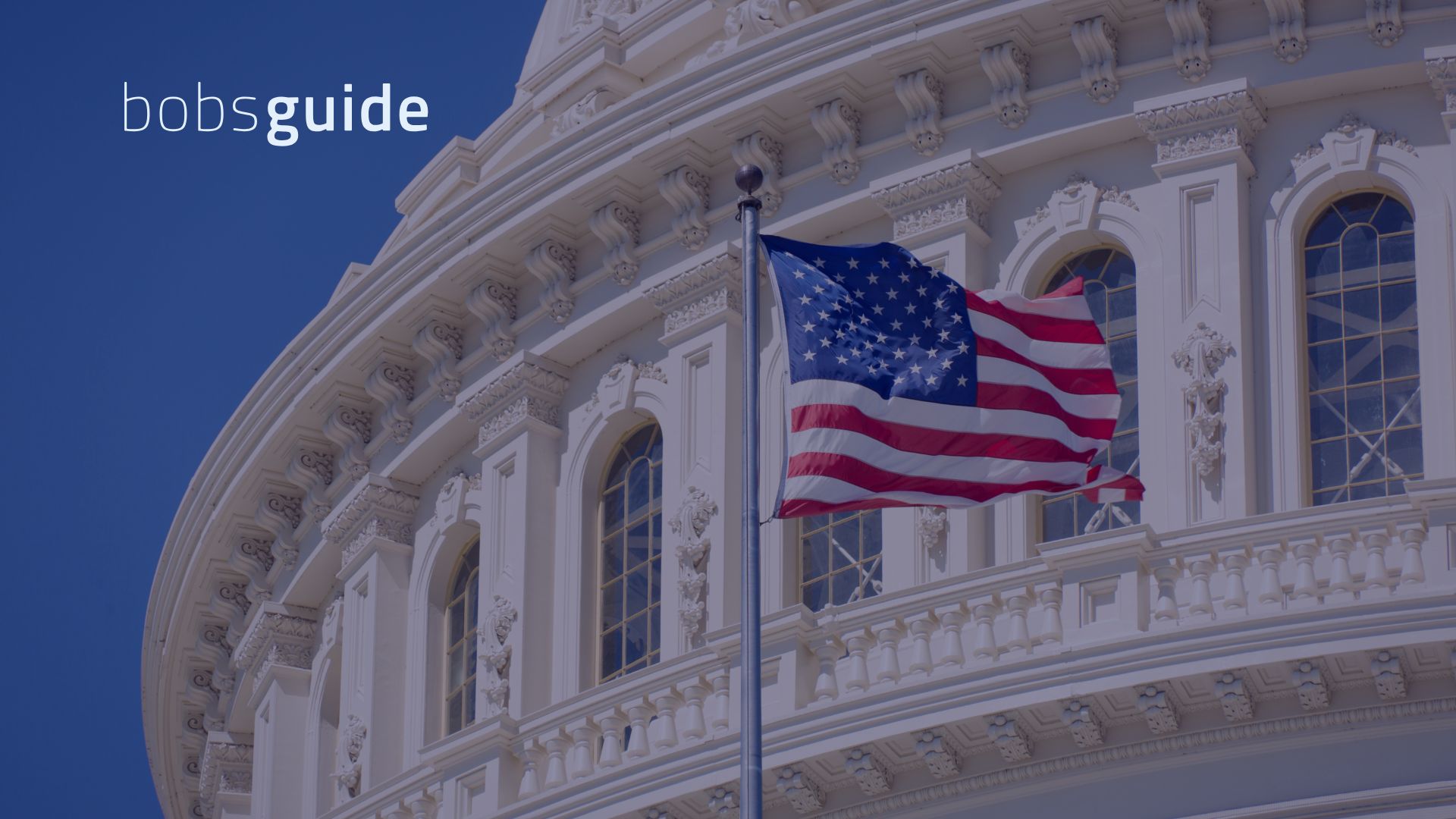NIST to the rescue
NIST frameworks offer valuable guidance for financial institutions to manage third-party cybersecurity risks. This article explores key NIST resources and provides a practical approach to implementation.
-
Nikita Alexander
- April 28, 2025
- 6 minutes

Financial institutions today find themselves operating within intricate webs of interconnectedness. Relying heavily on a vast and complex network of third-party vendors to ensure the smooth execution of their daily operations. However, while these vendor relationships are often essential for efficiency and innovation. They also open the door to significant and multifaceted cybersecurity risks. Indeed, vulnerabilities lurking within the supply chain can be readily exploited by malicious actors, creating pathways for devastating cyberattacks. Financial institutions require a solid and well-defined framework for managing third-party risks to navigate this complex landscape and mitigate these inherent dangers. Fortunately, NIST – the National Institute of Standards and Technology – offers invaluable guidance and resources to help you build a robust and resilient third-party security strategy.
Why NIST? security compass in a stormy sea
NIST, a non-regulatory agency of the U.S. Department of Commerce, plays a crucial role in developing standards, guidelines, and best practices designed to manage cybersecurity risk. Although NIST frameworks were initially conceived for use by U.S. federal agencies. Their comprehensive nature and adaptability have led to their widespread adoption by a diverse range of organizations across various sectors on a global scale, including the highly regulated financial industry.
Several factors contribute to the widespread embrace of NIST frameworks:
- Comprehensive Coverage: NIST provides a holistic and all-encompassing approach to cybersecurity, addressing a wide spectrum of critical areas, ranging from proactive risk management to effective incident response and business continuity planning.
- Flexibility and Adaptability: NIST frameworks are not rigid or prescriptive; instead, they are designed to be highly adaptable and customizable. This inherent flexibility enables financial institutions to tailor the frameworks to precisely fit their unique needs, specific risk profiles, and operational contexts.
- Industry Recognition and Authority: NIST standards enjoy widespread recognition and are highly respected throughout the cybersecurity community. Adopting NIST frameworks demonstrates a financial institution’s strong commitment to adhering to security best practices and industry-leading standards.
NIST’s third-party risk management arsenal
NIST offers a rich collection of publications, each providing valuable guidance and tools that can empower financial institutions to effectively manage third-party cybersecurity risks. Among the most pertinent resources are the following:
- NIST Cybersecurity Framework (CSF): The CSF serves as a high-level, strategic framework for comprehensively managing cybersecurity risk. It is elegantly organized around five core functions, each representing a crucial aspect of cybersecurity: Identify, Protect, Detect, Respond, and Recover.
- NIST Special Publication (SP) 800-53: This publication provides a detailed and extensive catalog of security and privacy controls. These controls are designed to be highly adaptable and can be tailored to address the specific requirements of various systems and operating environments within a financial institution.
- NIST SP 800-161: Specifically focused on the critical area of supply chain risk management. This publication offers in-depth guidance and best practices for mitigating risks associated with third-party vendors and suppliers.
Building your third-party security playbook with NIST
To effectively leverage NIST guidance and construct a robust third-party security strategy, financial institutions can follow this practical and actionable approach:
-
Identify: know your landscape
- Begin by meticulously mapping all your third-party relationships, gaining a clear understanding of the vendors you rely on and the services they provide.
- Subsequently, identify and prioritize the vendors that are most critical to your operations, as these warrant the highest level of scrutiny.
- Determine precisely what data and systems each vendor has access to, as this information is crucial for assessing potential risks.
- Finally, conduct a thorough assessment of the potential impact on your institution if a particular vendor were to be compromised, allowing you to prioritize risk mitigation efforts.
- NIST CSF Function: Identify
-
Protect: fortify your defenses
- Establish clear and comprehensive security requirements that vendors must adhere to, explicitly outlining these requirements in legally binding contracts and service level agreements (SLAs).
- Implement robust access controls to strictly limit vendor access to only those systems and data that are absolutely necessary for them to perform their assigned tasks, adhering to the principle of least privilege.
- Enforce multi-factor authentication (MFA) for all vendor accounts, adding an extra layer of security and significantly reducing the risk of account compromise.
- NIST CSF Function: Protect
- NIST SP 800-53: Access Control (AC) controls
-
Detect: stay vigilant
- Continuously monitor vendor activity within your systems for any signs of suspicious or anomalous behavior, enabling early detection of potential security incidents.
- Implement a security information and event management (SIEM) system to effectively collect, analyze, and correlate security logs from various sources, providing a comprehensive view of security events.
- Leverage threat intelligence feeds to stay informed about the latest cyber threats and attack techniques that could potentially target your vendors.
- NIST CSF Function: Detect
-
Respond: act decisively
- Develop a comprehensive and well-defined incident response plan that specifically addresses potential security incidents involving third-party vendors.
- Establish clear and efficient communication channels with vendors to ensure timely and effective communication and coordination during a security incident.
- Clearly define the roles and responsibilities of both internal teams and vendor personnel in the incident handling process. Ensuring a coordinated and effective response.
- NIST CSF Function: Respond
-
Recover: ensure resilience
- Ensure that vendors have robust and well-documented business continuity and disaster recovery plans in place to minimize disruptions in the event of an outage or security breach.
- Establish clear procedures for recovering data and systems in a timely and efficient manner in the event of a vendor-related incident.
- NIST CSF Function: Recover
NIST SP 800-161:
NIST SP 800-161 provides more granular and specific guidance on the multifaceted area of supply chain risk management, covering a wide range of critical aspects, including:
- Supply Chain Risk Assessment: Implementing methodologies for thoroughly evaluating the inherent risks associated with engaging different vendors and suppliers.
- Supplier Selection and Management: Establishing stringent security requirements that potential vendors must meet and implementing effective processes for monitoring their ongoing compliance with these requirements.
- Incident Response and Recovery: Developing comprehensive plans and procedures for effectively responding to and recovering from disruptions and security incidents that originate within the supply chain.
Real-world application in finance
Numerous financial institutions have successfully adopted and implemented NIST frameworks to:
- Develop and strengthen their overall vendor risk management programs, ensuring a more proactive and effective approach to third-party security.
- Conduct thorough security assessments of cloud service providers, enabling them to leverage the benefits of cloud computing while mitigating associated risks.
- Effectively comply with increasingly stringent cybersecurity regulations, demonstrating their commitment to security and regulatory obligations.
Trusted partner in the pursuit of security
NIST frameworks serve as an invaluable roadmap and a trusted partner for financial institutions seeking to navigate the complex and ever-evolving landscape of third-party cybersecurity risk. By diligently adopting and implementing NIST’s comprehensive guidance, financial institutions can effectively build a strong and resilient defense against sophisticated supply chain attacks. While also ensuring the robust protection of their sensitive data, and, ultimately, maintain the unwavering trust of their valued customers.

 Bobsguide is a
Bobsguide is a